The Art of Salsa-Making (Even Without a Recipe)
The best salsas are easy to make, take few ingredients, are customizable, and don’t even need a recipe. There are a few basic rules and tips to know for perfect homemade salsa, however (whether using a recipe or not).
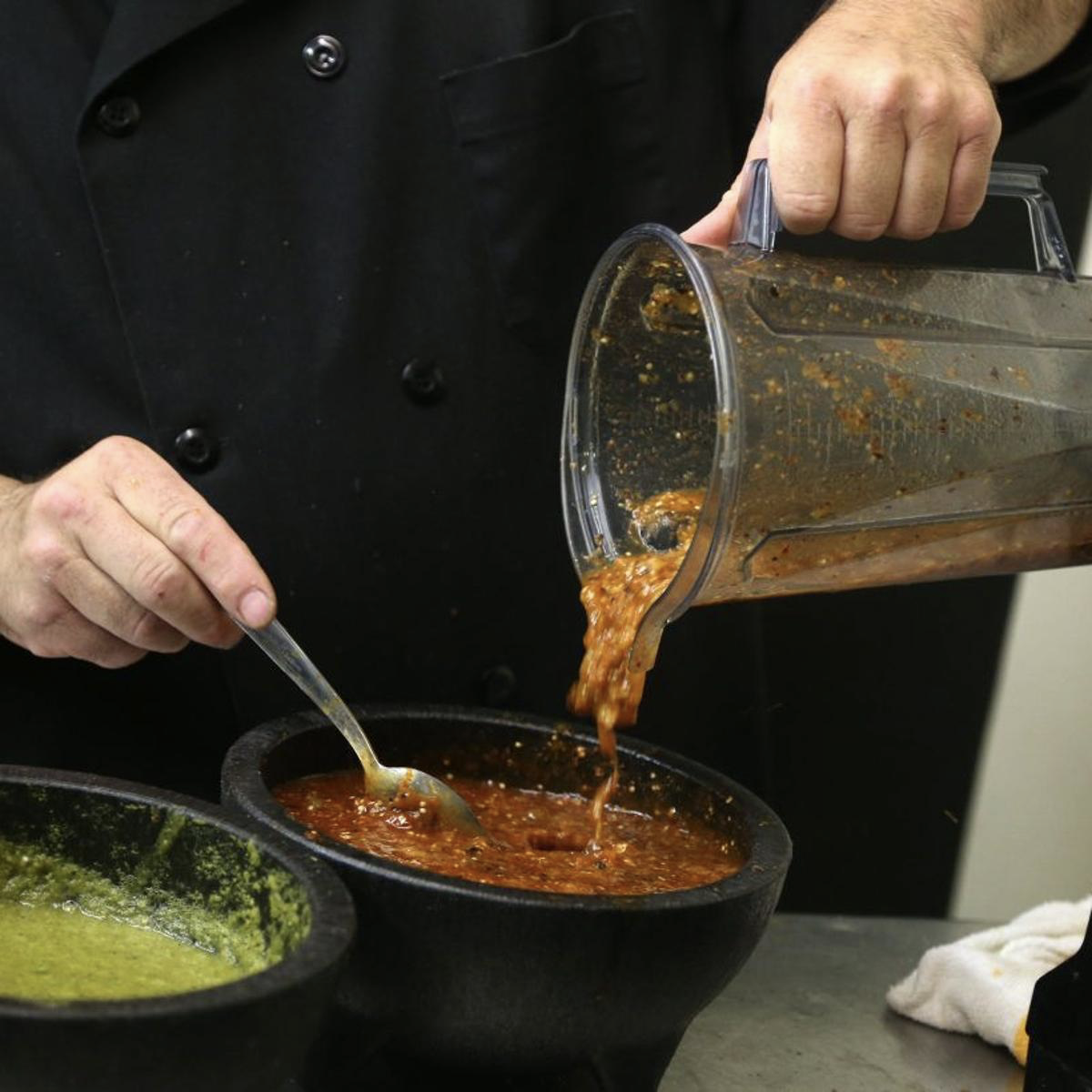
To add to its bestness is all the things you can do with salsa. Besides dipping chips, you can top grilled meats and seafood with it; dollop it on salads; spoon it over your favorite quesadilla, burrito, or Mexican sandwich. Mix it into scrambled eggs. Add it to your favorite mac ‘n cheese. Stir it into bean soup. Slow cook chicken breasts in it. Shoot, eat it with a spoon, even. Anymore ideas?
All this said, here’s some helpful information on how to make the best homemade salsas from food writer, Posie Harwood (as found on www.greatist.com).
Posie first explains that salsa is a pretty loose term—technically, it’s just the Spanish word for sauce—but you’ll generally always find tomatoes and chilis in it, although there are exceptions. Really, salsa can be whatever you want it to be!
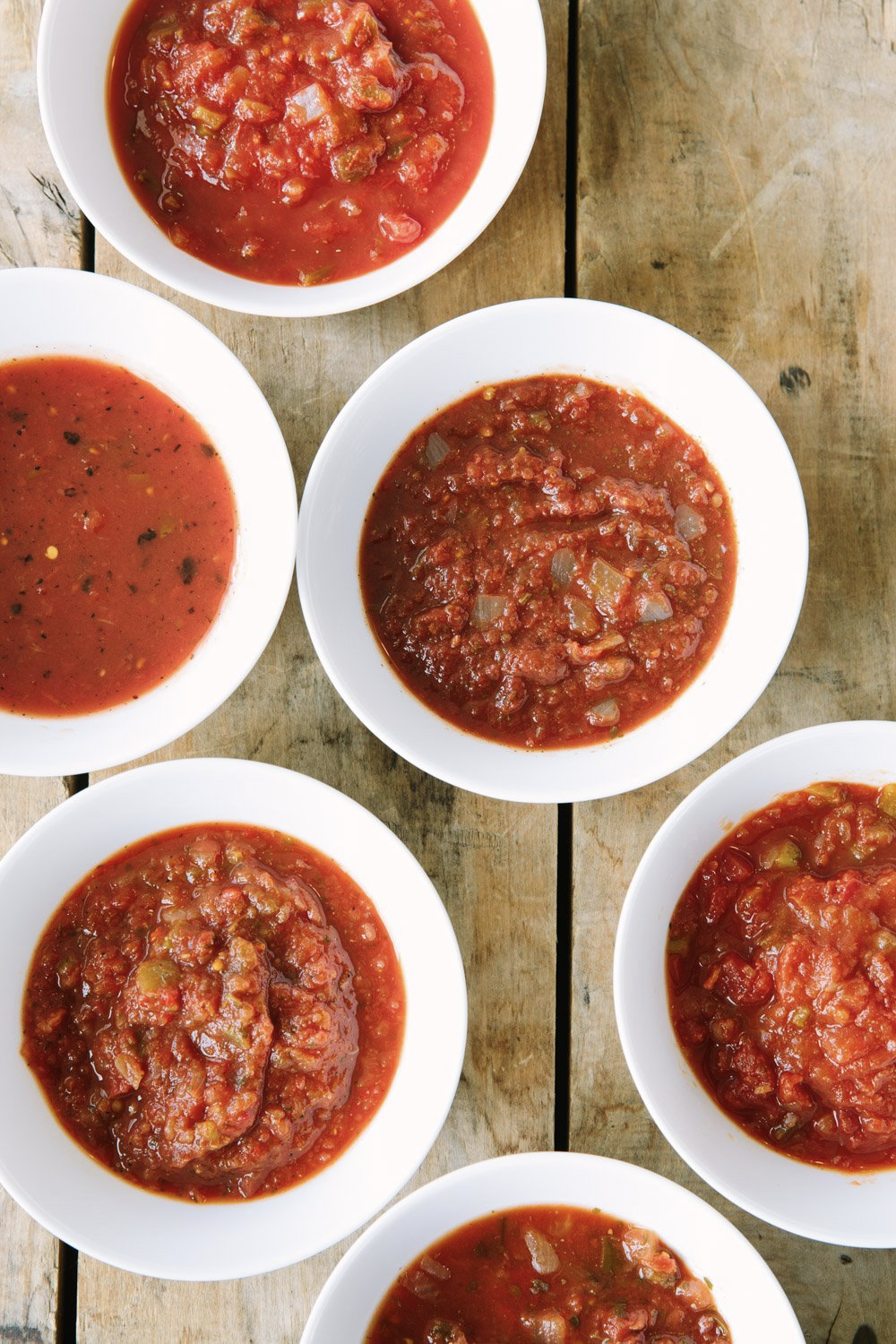
It comes in both smooth, pureed versions and chunky styles, like a traditional pico de gallo. Either style often includes dried peppers that are rehydrated or toasted, or raw jalapeños, serranos, habaneros, and other fresh chili peppers.
To make, you’ll need tomatoes, onions, and some sort of hot pepper—or not. You can always swap in another fruit (like mango, pineapple, or papaya) for the tomato, and/or leave out the onions or the peppers if you prefer. See what she’s getting at?
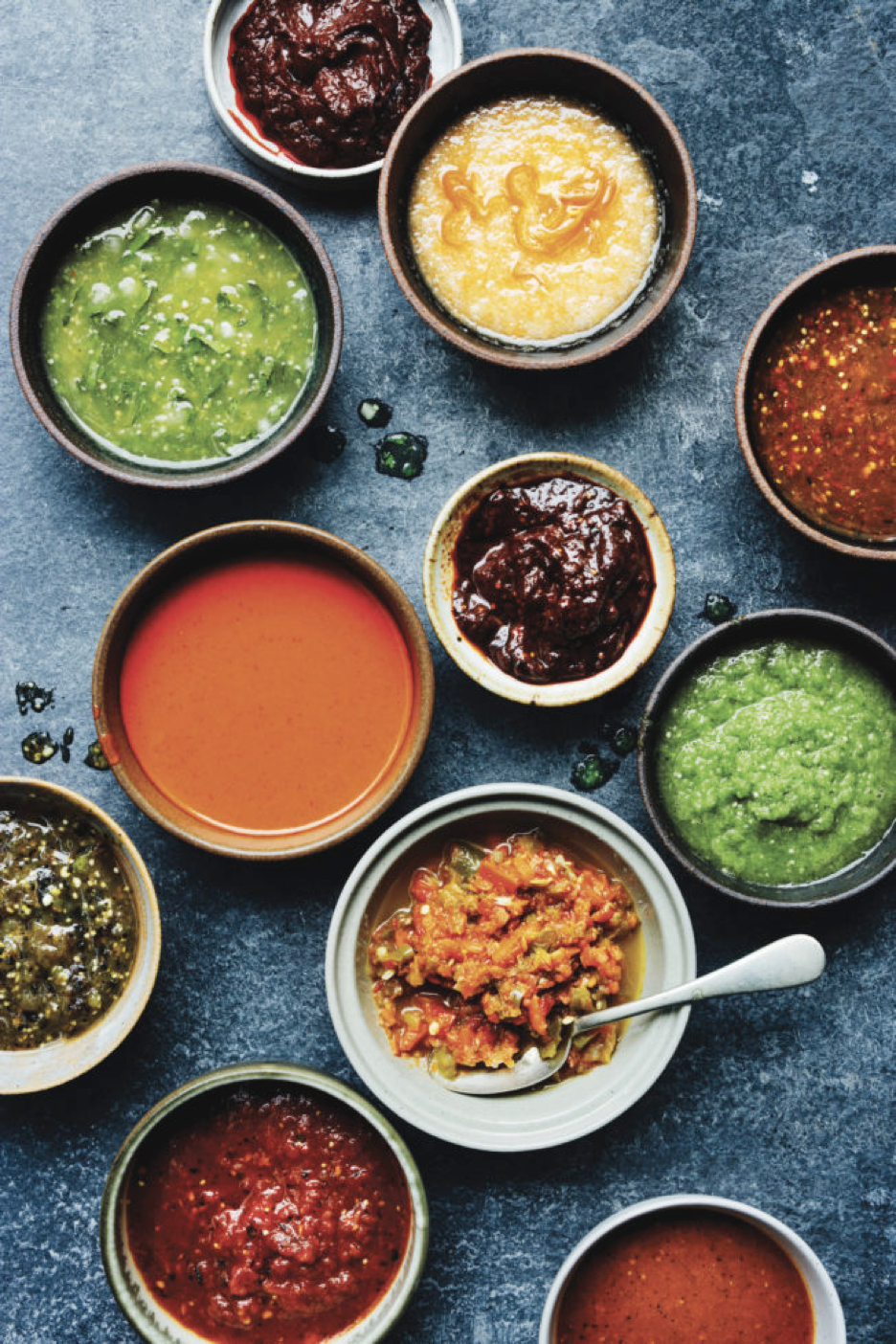
You will need salt for seasoning and a splash of lime juice for acid (other citrus can also work, but it should always be fresh). From there, you can choose to add fresh herbs like cilantro and basil, as well as additional ingredients.
If you’re making a smooth salsa, assemble your produce and chop it all roughly. You’ll be whirring everything in a blender, so no need to be precise with your knife cuts. Sometimes you’ll roast or char the ingredients first.
If you’re making a chunky salsa, dice your ingredients carefully. You want the vegetables (and fruit if you have it) to all be roughly the same size, partly for looks but partly so each mouthful is evenly balanced. The fresh chilis can be in smaller pieces—minced, instead of diced—so they’re more evenly distributed throughout.
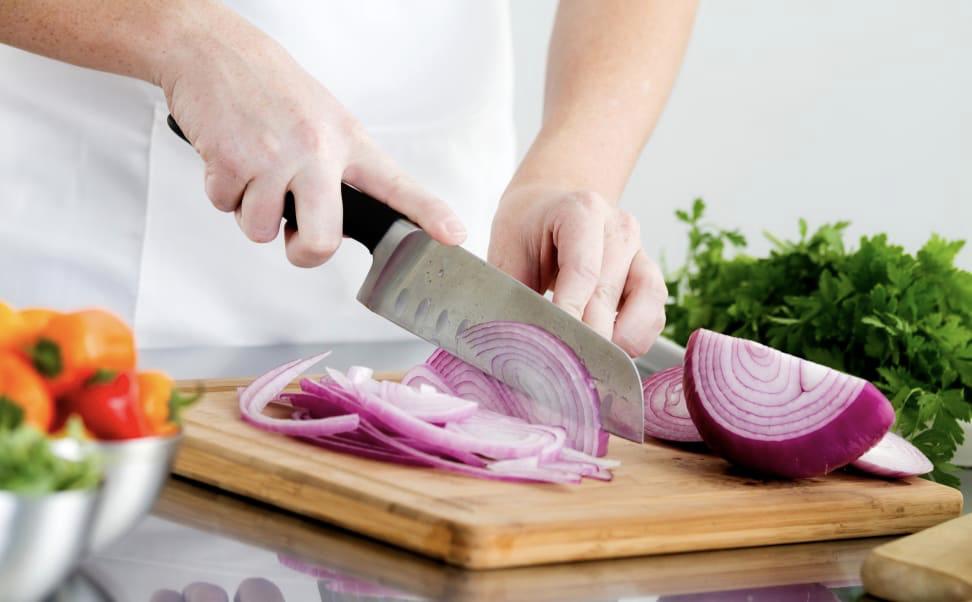
With the general instructions out of the way, here are Posie’s specific tips for the best salsa every time:
First, start with very good ingredients. With so few ingredients, every flavor is noticed. You want the flavors to shine, so it’s important to start with high-quality produce, since you’ll really taste it. That said, in most places, summer is the best time to make salsa [ME: I report that sadly, since it’s fall. But hey, let’s try this anyway!] Be sure to pick the ripest, juiciest tomatoes you can find for your base. Ditto any other fruit that’s going in.
Next, be sure to taste as you go. This is a cardinal rule of cooking in general, but it’s crucial when you’re assembling a no-cook salsa. The only way to know what you need to add is to taste.
Take a tiny nibble of your hot pepper; if it’s much spicier than you expected, add less of it to the recipe. Same goes for your onion. (Pro-tip: Wearing gloves is a good idea when dicing hot peppers.)
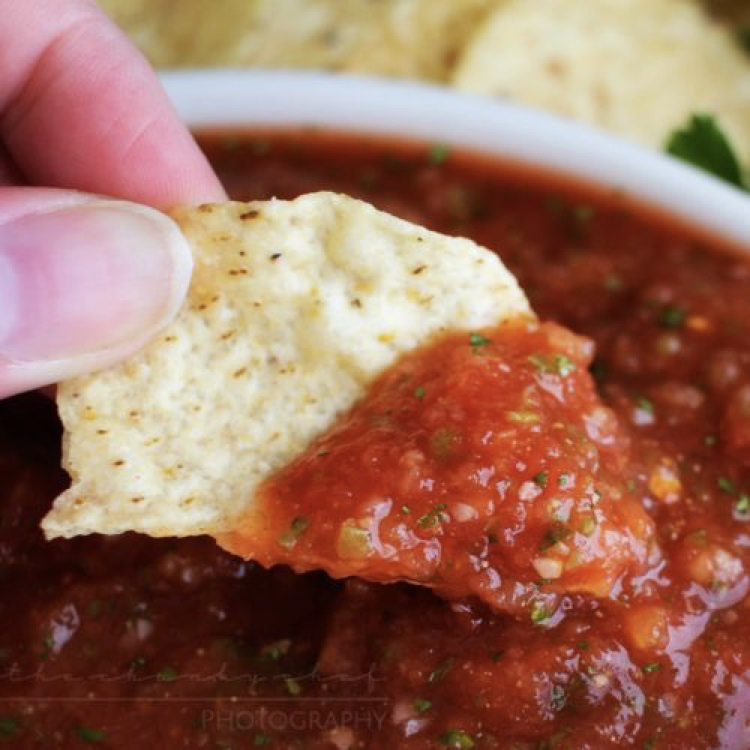
If your tomatoes aren’t great, you might need more salt and lime juice than you planned on—if they’re truly bland, you might even want to roast them to give them more dimension and sweetness and switch to a blender salsa instead of a raw, diced style.
Then, get crazy with your add-ins. We know the basic salsa suspects: tomatoes, lime, onions, peppers, cilantro, and garlic. But don’t feel constricted by that. Get creative with salsa flavors, especially in the summer when produce abounds. It’s a great time to go heavy on the sweetest stone fruit specimens or most terrific tropical fruit you can find.
For a creamy element, avocado always works. Or, for extra crunch, add diced jicama, celery, fresh corn kernels (they’re super sweet when raw and in season), cucumber, or even lettuce.
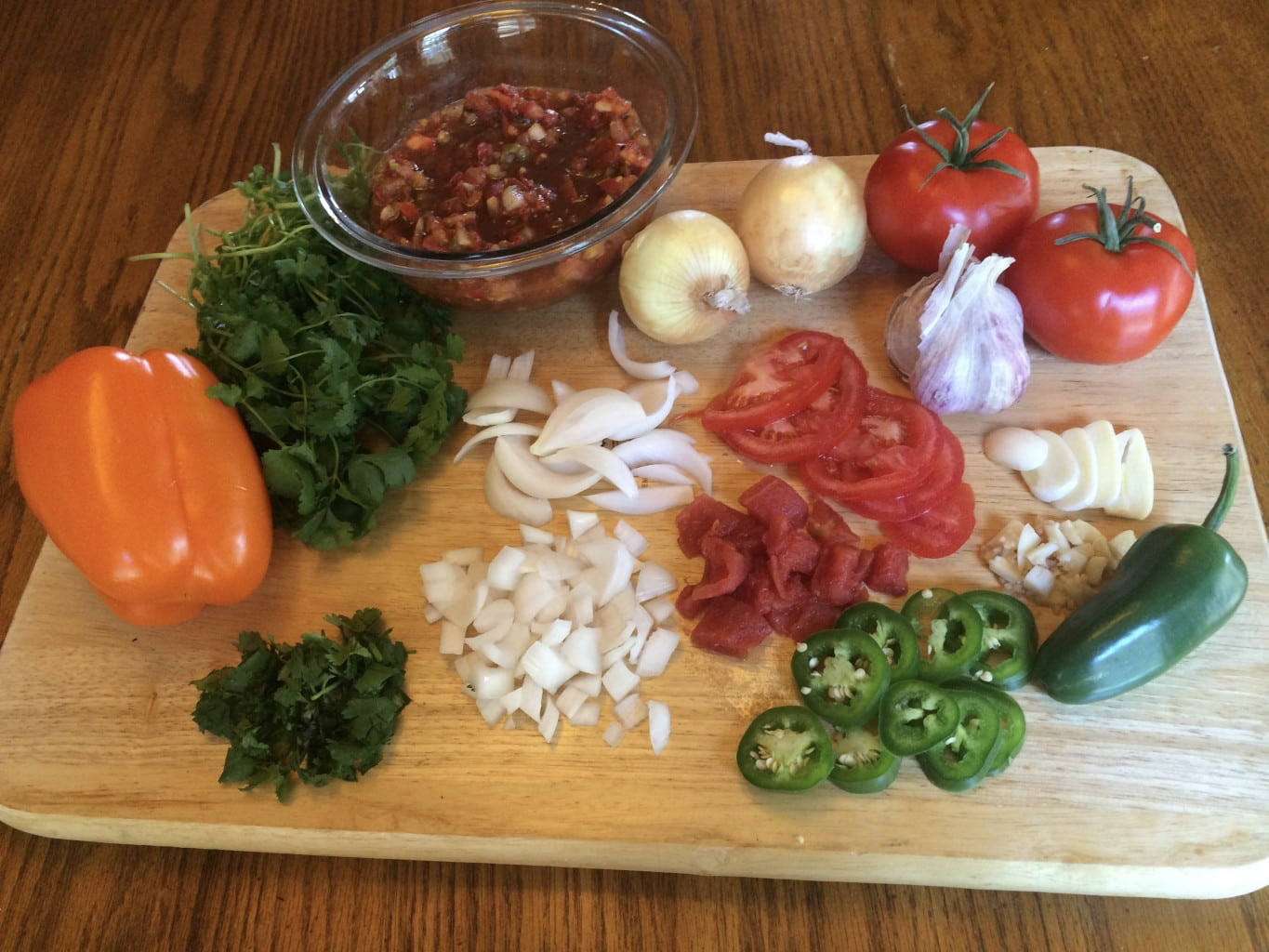
Finally but very important, use a sharp knife. A sharp knife is always a necessity in the kitchen, and you’ll especially appreciate it when making raw salsa. A sharp blade makes it easy to chop, while a dull blade will crush, mash, and bruise ingredients. (It can even make you cry more when chopping onions!)
I’ll close with a recipe from Chowhound (www.chowhound.com) for one of our favorite salsas. This is a quick and simple place to start mastering the art of salsa-making!
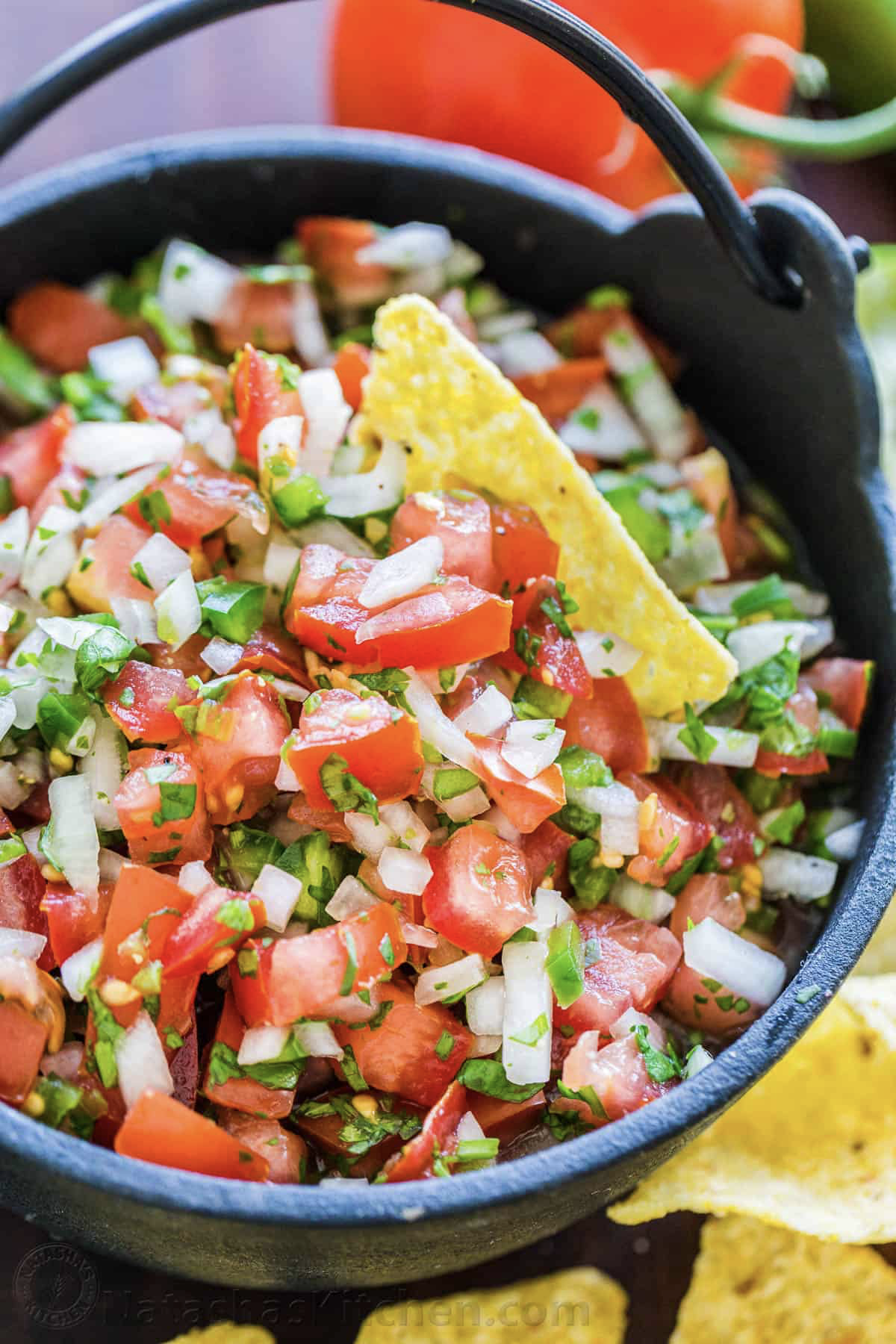
3/4 cup minced white onions (about 1/2 medium onion)
1 1/2 cups seeded and finely chopped plum tomatoes (about 4 large tomatoes)
1 tablespoon stemmed, seeded, and minced serrano chile (about 2 medium chiles)
1/4 cup minced fresh cilantro
2 tablespoons freshly squeezed limes
Directions:
Add Recipe to Cook'n

To add to its bestness is all the things you can do with salsa. Besides dipping chips, you can top grilled meats and seafood with it; dollop it on salads; spoon it over your favorite quesadilla, burrito, or Mexican sandwich. Mix it into scrambled eggs. Add it to your favorite mac ‘n cheese. Stir it into bean soup. Slow cook chicken breasts in it. Shoot, eat it with a spoon, even. Anymore ideas?
All this said, here’s some helpful information on how to make the best homemade salsas from food writer, Posie Harwood (as found on www.greatist.com).
Posie first explains that salsa is a pretty loose term—technically, it’s just the Spanish word for sauce—but you’ll generally always find tomatoes and chilis in it, although there are exceptions. Really, salsa can be whatever you want it to be!

It comes in both smooth, pureed versions and chunky styles, like a traditional pico de gallo. Either style often includes dried peppers that are rehydrated or toasted, or raw jalapeños, serranos, habaneros, and other fresh chili peppers.
To make, you’ll need tomatoes, onions, and some sort of hot pepper—or not. You can always swap in another fruit (like mango, pineapple, or papaya) for the tomato, and/or leave out the onions or the peppers if you prefer. See what she’s getting at?

You will need salt for seasoning and a splash of lime juice for acid (other citrus can also work, but it should always be fresh). From there, you can choose to add fresh herbs like cilantro and basil, as well as additional ingredients.
If you’re making a smooth salsa, assemble your produce and chop it all roughly. You’ll be whirring everything in a blender, so no need to be precise with your knife cuts. Sometimes you’ll roast or char the ingredients first.
If you’re making a chunky salsa, dice your ingredients carefully. You want the vegetables (and fruit if you have it) to all be roughly the same size, partly for looks but partly so each mouthful is evenly balanced. The fresh chilis can be in smaller pieces—minced, instead of diced—so they’re more evenly distributed throughout.

With the general instructions out of the way, here are Posie’s specific tips for the best salsa every time:
First, start with very good ingredients. With so few ingredients, every flavor is noticed. You want the flavors to shine, so it’s important to start with high-quality produce, since you’ll really taste it. That said, in most places, summer is the best time to make salsa [ME: I report that sadly, since it’s fall. But hey, let’s try this anyway!] Be sure to pick the ripest, juiciest tomatoes you can find for your base. Ditto any other fruit that’s going in.
Next, be sure to taste as you go. This is a cardinal rule of cooking in general, but it’s crucial when you’re assembling a no-cook salsa. The only way to know what you need to add is to taste.
Take a tiny nibble of your hot pepper; if it’s much spicier than you expected, add less of it to the recipe. Same goes for your onion. (Pro-tip: Wearing gloves is a good idea when dicing hot peppers.)

If your tomatoes aren’t great, you might need more salt and lime juice than you planned on—if they’re truly bland, you might even want to roast them to give them more dimension and sweetness and switch to a blender salsa instead of a raw, diced style.
Then, get crazy with your add-ins. We know the basic salsa suspects: tomatoes, lime, onions, peppers, cilantro, and garlic. But don’t feel constricted by that. Get creative with salsa flavors, especially in the summer when produce abounds. It’s a great time to go heavy on the sweetest stone fruit specimens or most terrific tropical fruit you can find.
For a creamy element, avocado always works. Or, for extra crunch, add diced jicama, celery, fresh corn kernels (they’re super sweet when raw and in season), cucumber, or even lettuce.

Finally but very important, use a sharp knife. A sharp knife is always a necessity in the kitchen, and you’ll especially appreciate it when making raw salsa. A sharp blade makes it easy to chop, while a dull blade will crush, mash, and bruise ingredients. (It can even make you cry more when chopping onions!)
I’ll close with a recipe from Chowhound (www.chowhound.com) for one of our favorite salsas. This is a quick and simple place to start mastering the art of salsa-making!

Pico De Gallo
Ingredients:
3/4 cup minced white onions (about 1/2 medium onion)
1 1/2 cups seeded and finely chopped plum tomatoes (about 4 large tomatoes)
1 tablespoon stemmed, seeded, and minced serrano chile (about 2 medium chiles)
1/4 cup minced fresh cilantro
2 tablespoons freshly squeezed limes
Directions:
Combine ingredients in a medium nonreactive bowl and season well with salt. Add more lime
juice as desired.
juice as desired.
Recipe formatted with the Cook'n Recipe Software from DVO Enterprises.
Sources:
- www.tulsaworld.com
- www.cupofjo.com
- www.blog.williams-sonoma.com
- www.reviewed.com
- www.thechunkychef.com
- www.gardeninminutes.com
- www.natashaskitchen.com
 Alice Osborne
Alice Osborne
Weekly Newsletter Contributor since 2006
Email the author! alice@dvo.com
